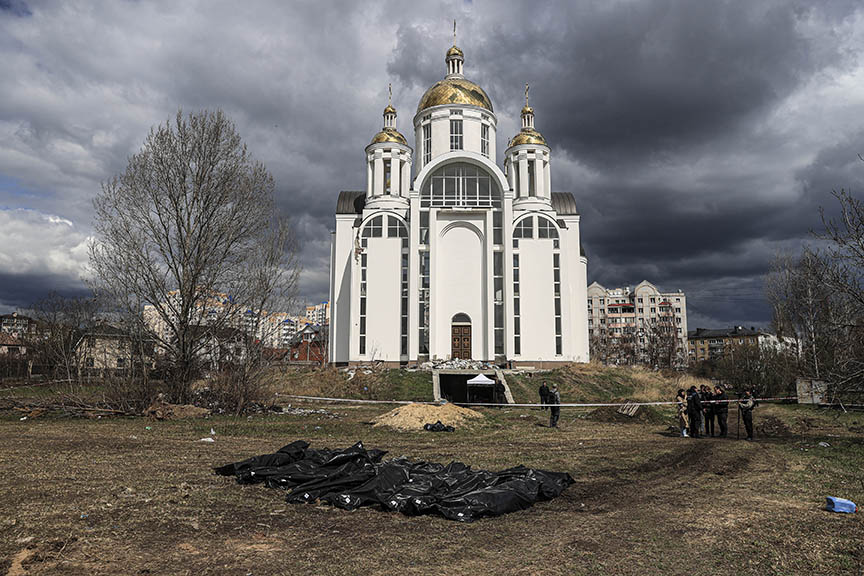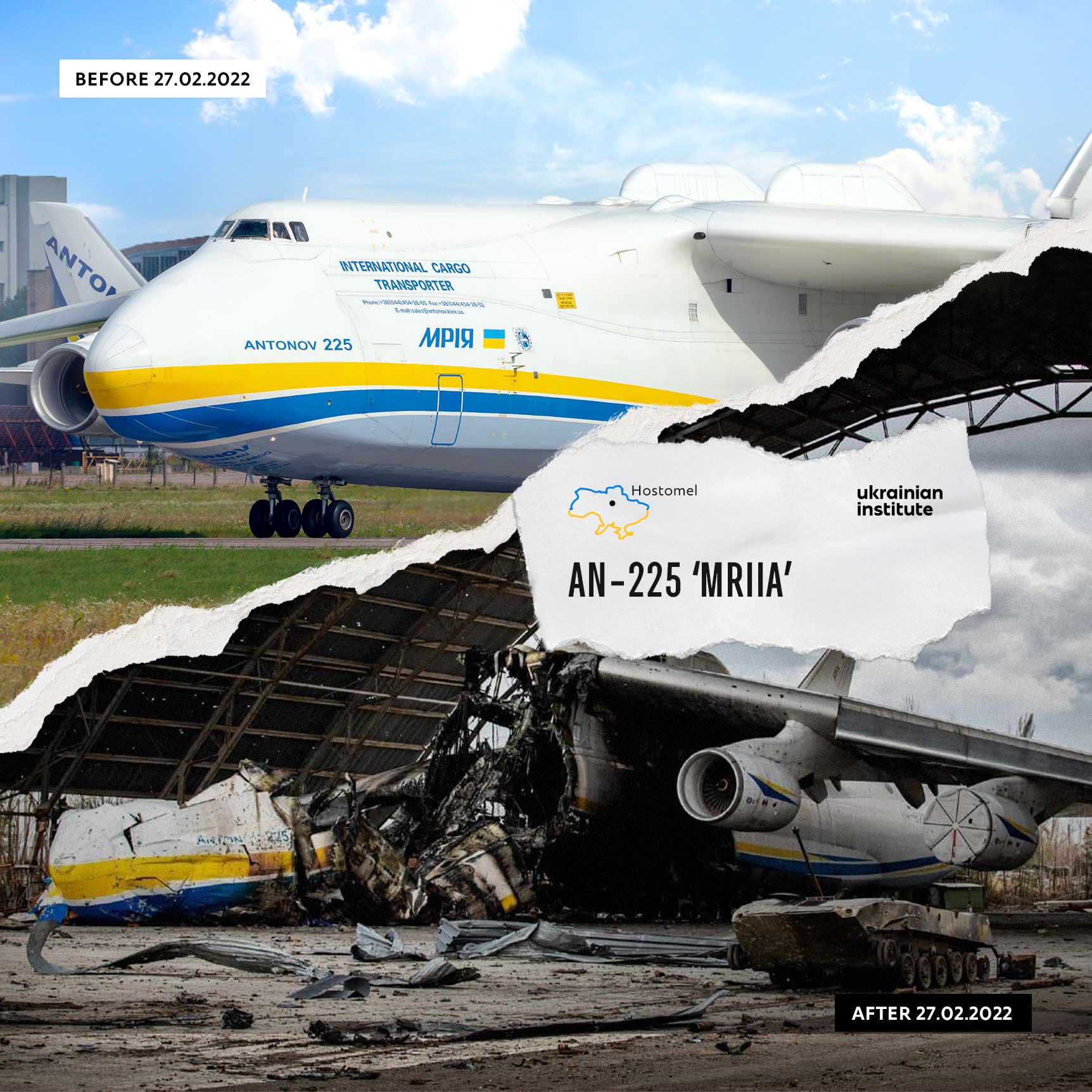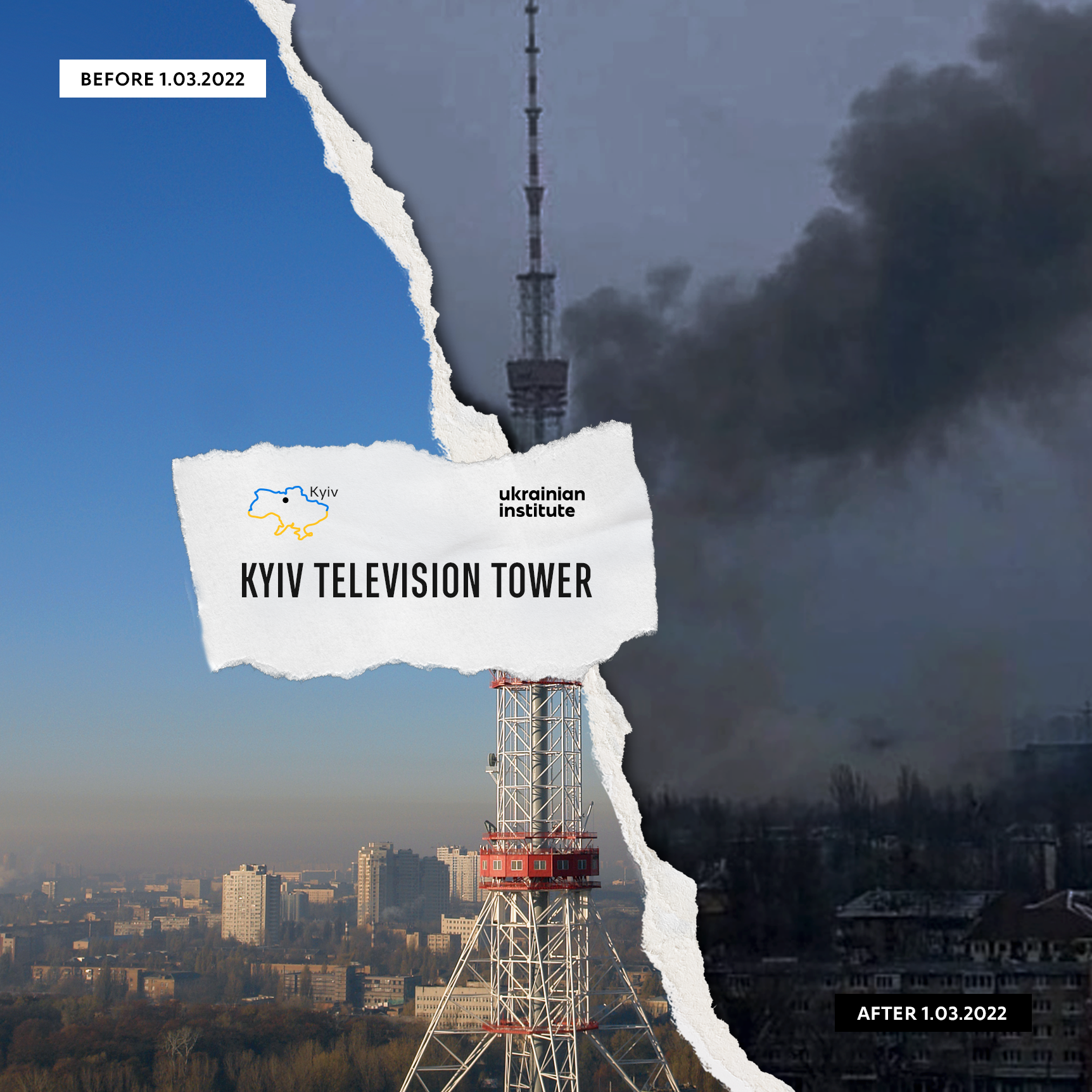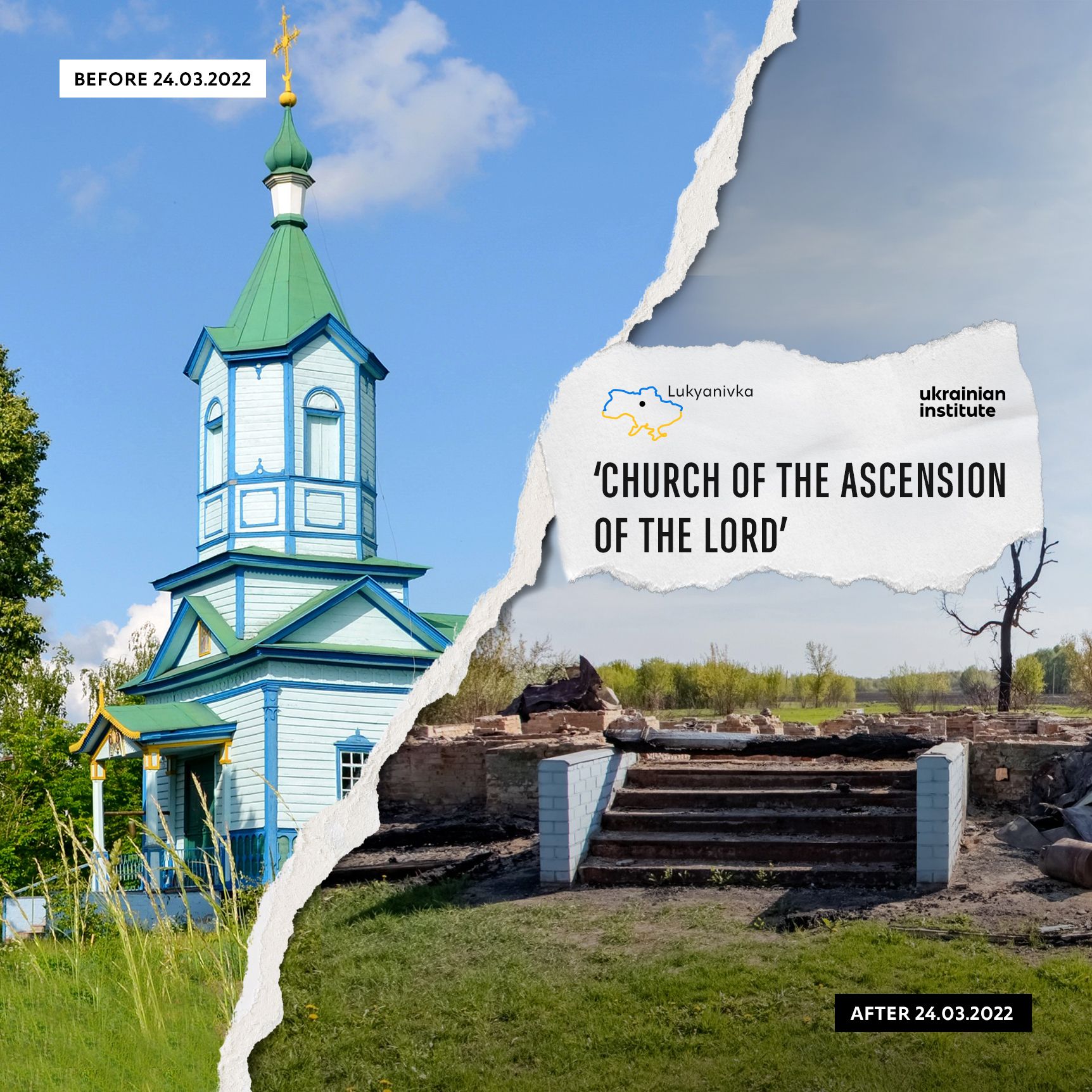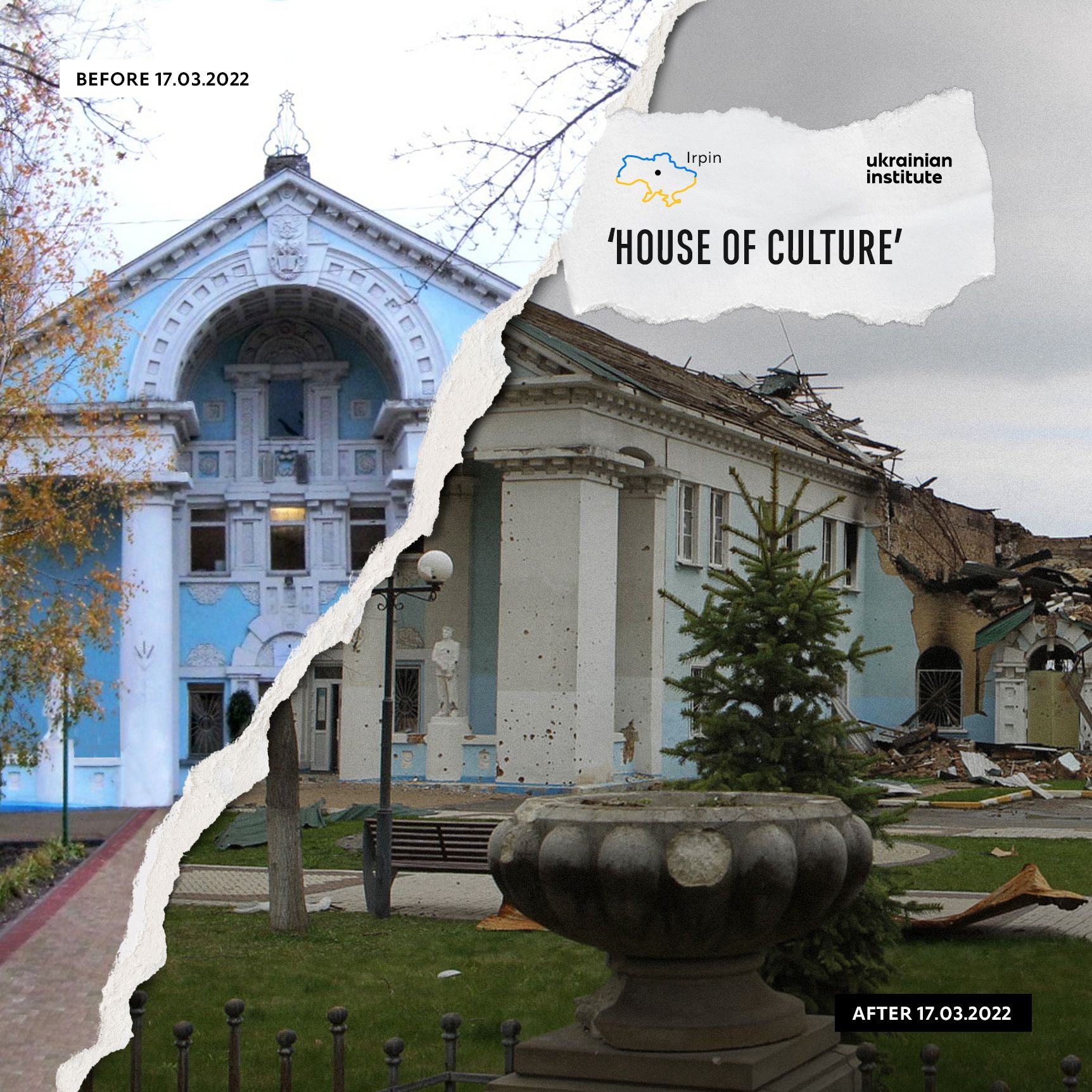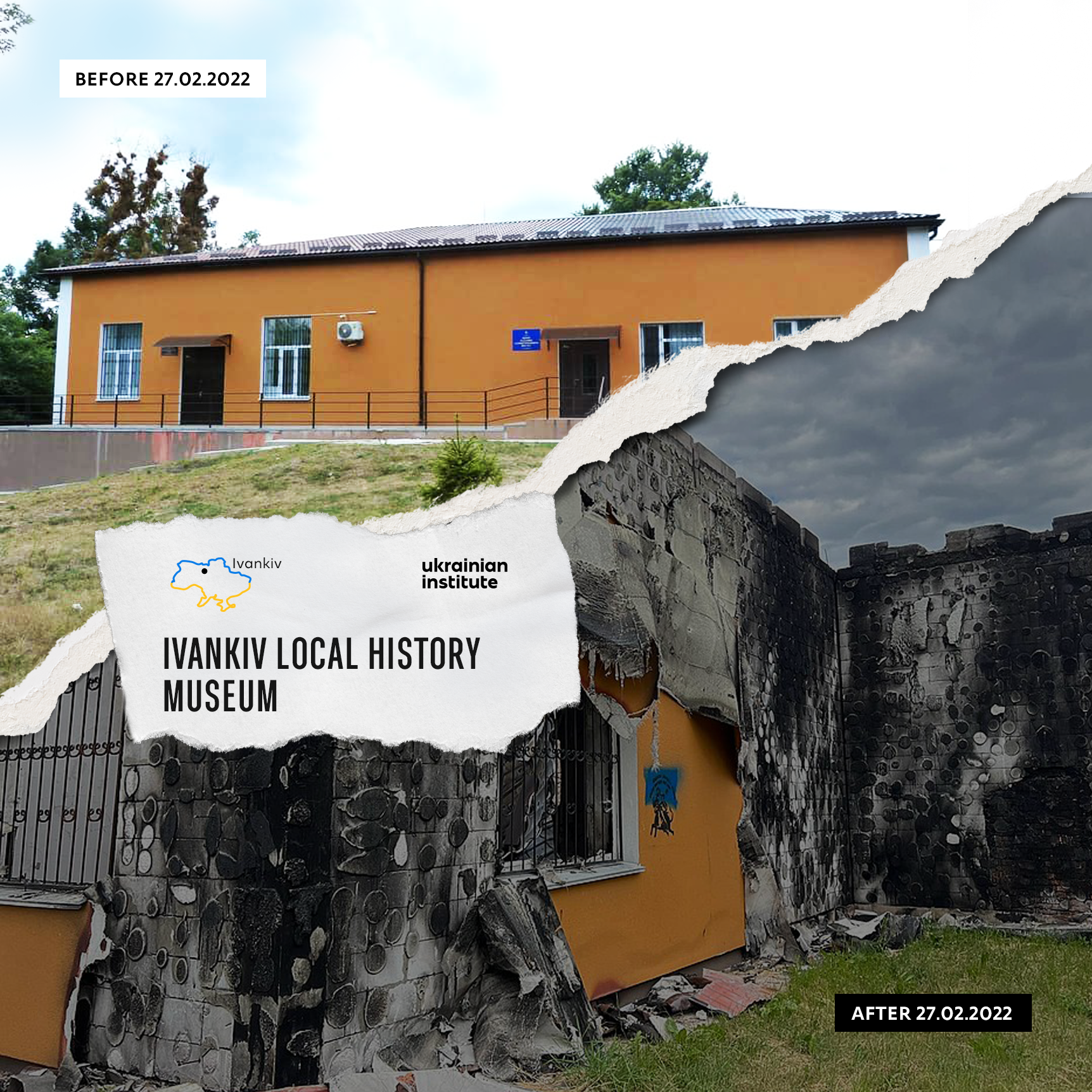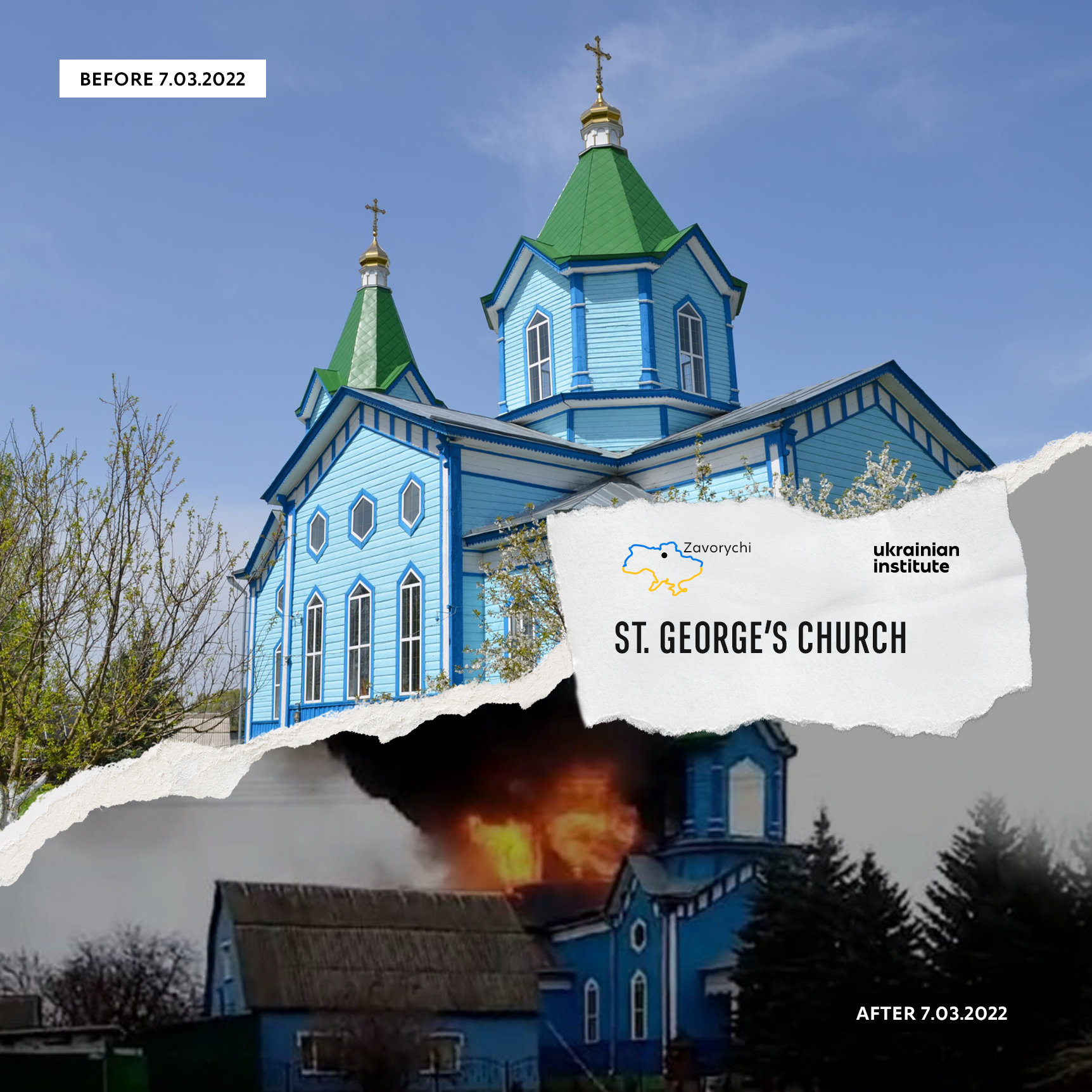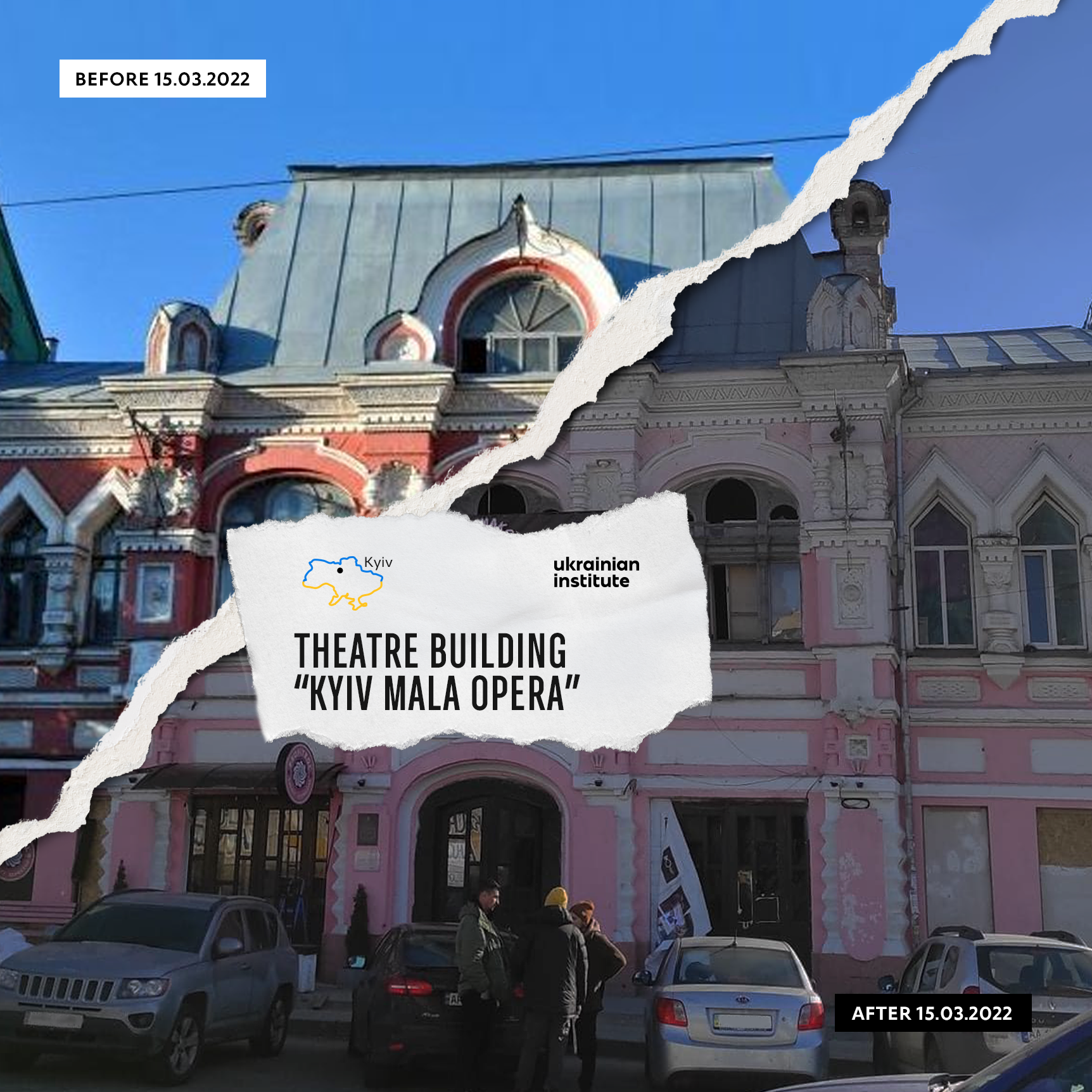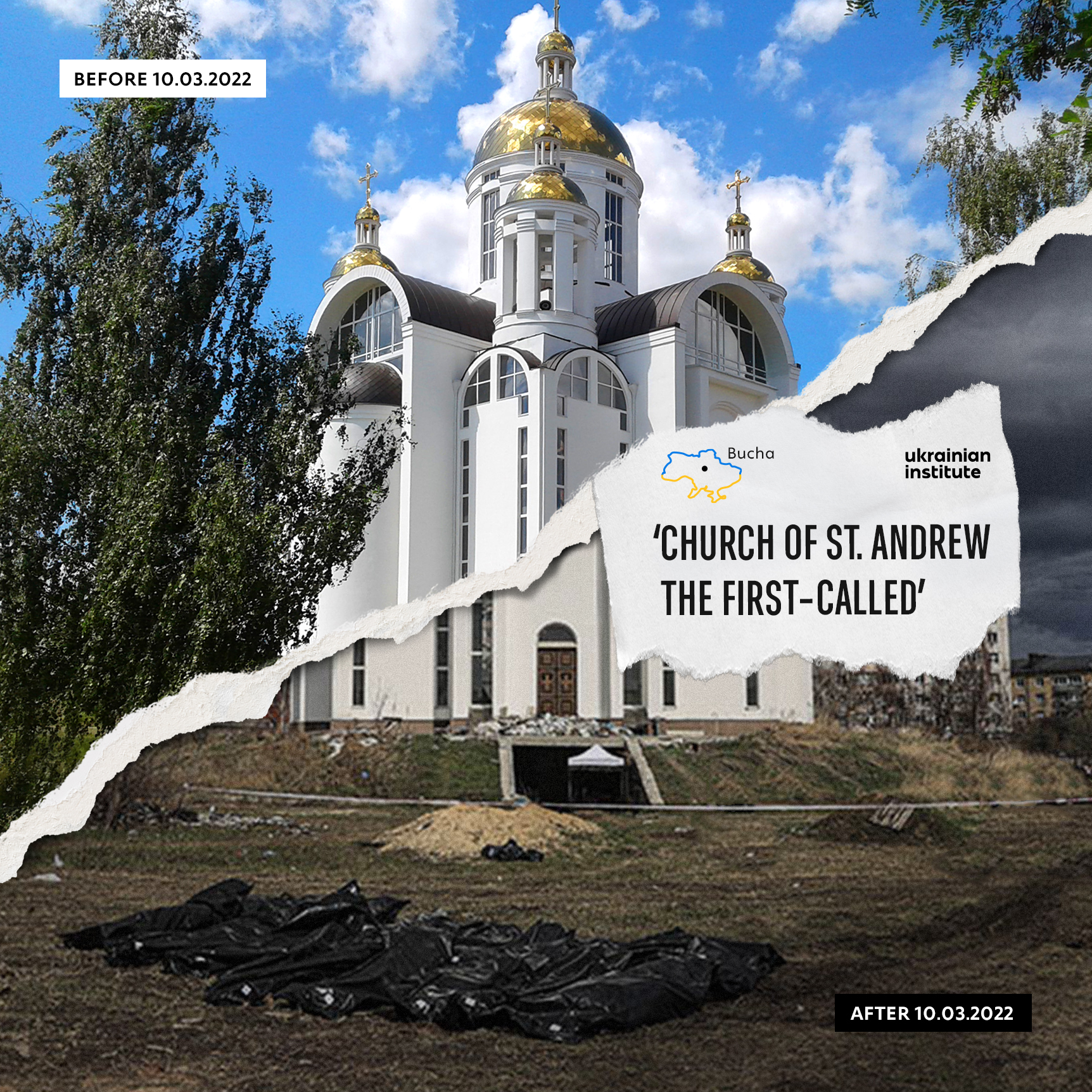
In the spring of 2022 the Church of St. Andrew the First-Called in Bucha became a mass grave for 119 people killed by the Russian military during the occupation.
In the spring of 2022, the Church of the Holy Apostle Andrew the First-Called became famous all over the world. It happened, though, not due to its ancient history (since it was erected rather recently, in 2016), but because of the war crimes and atrocities inflicted by the Russian army. The world press has labelled this the ‘Bucha massacre’.
On March 10, satellite images for the first time spotted a trench that served as a mass grave for peaceful residents of Bucha. As of May 10, 2022, 119 out of 327 townspeople who perished during the occupation were found in the grave near the church. Some of these people died while trying to flee Bucha, some were shot by the Russian military right on the street. There are gunshot or shrapnel wounds on almost all the bodies, and some corpses have their hands tied behind their backs, bones broken, as well as exhibit other traces of torture.
Before the war, the town attracted families who sought a quiet and convenient life in the vicinity of Kyiv. Now, world leaders have arrived to witness with their own eyes the aftermath of the ‘Russian world’ brought to Ukraine by the Russian army.
In April and May, Bucha and other cities that became the shield of the capital of Ukraine in the fight against the Russian invasion were visited by Martin Griffiths, the UN Under-Secretary-General for Humanitarian Affairs, the President of the European Commission, Ursula von der Leyen, the High Representative of the EU, Josep Borrell, the Prime Minister of Slovakia, the Prime Minister of Finland, the delegation of the parliament of the Republic of Korea, the heads of foreign affairs of Germany and the Netherlands, the speakers of both chambers of the Irish parliament, the heads of the Czech and Polish parliaments, and many other politicians from around the globe. ‘This is the Golgotha of the 21st century’, Tomasz Grodzki, the speaker of the Polish Senate, reflected on his visit.
The 13-metres-long trench and three more burial places on the territory of the temple indeed became the Golgotha and last refuge for the perished. But this trench is also the evidence of the crimes against humanity to be presented in front of the international tribunal. In order for the guilty to be prosecuted, and for the Ukrainian civilians who were killed by Russian war criminals to be properly commemorated.
The church, being a witness to these crimes, will keep memory of them for us.
We have no right to forget.


